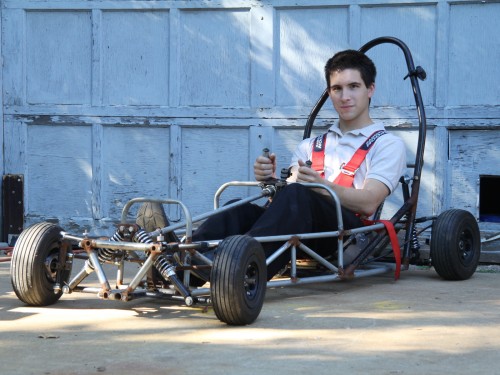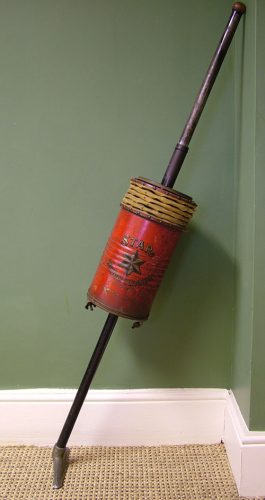“A reciprocal roof is a beautiful and simple self-supporting structure that can be composed of as few as three rafters, and up to any imaginable quantity (within reason, of course). Reciprocal roofs require no center support, they are quick to construct, and they can be built using round poles or dimensional lumber (perhaps with some creative notching). They are extremely strong, perfect for round buildings, and very appropriate for living roofs, as well.”
How to build a reciprocal roof frame. Practice with matches first.
Related: How to build an earthbag dome.
Via Judit Bellostes.











